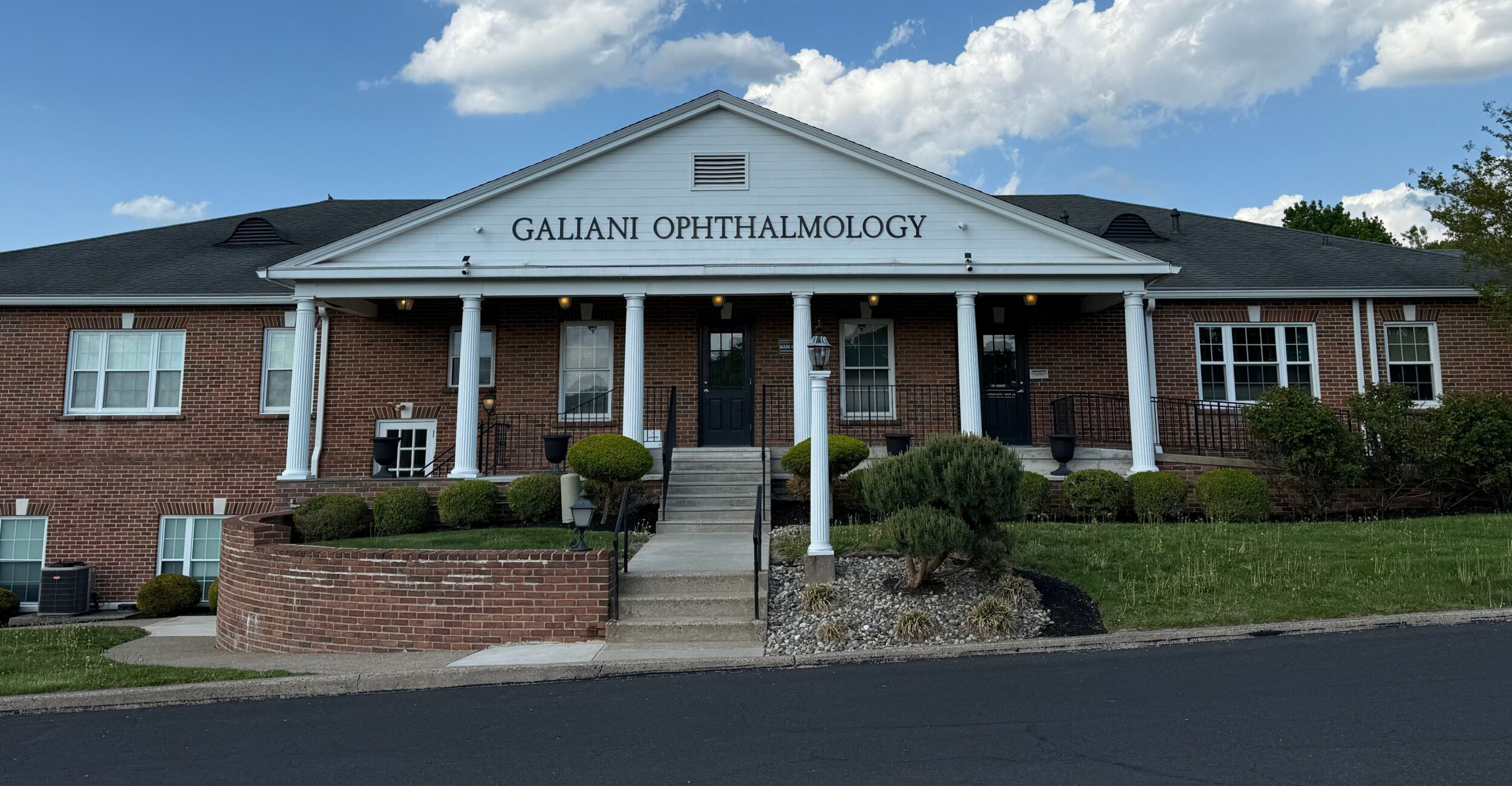REQUEST AN APPOINTMENT
* All indicated fields must be completed.
Please include non-medical questions and correspondence only.
Our Locations
Doylestown Hours
Monday: 8am – 5:00pm
Tuesday: 9am – 6:30pm
Wednesday: 8am – 5:00pm
Thursday: 8am – 5:00pm
Friday: 8am – 5:00pm
Reading Hours
Monday: 8:00 AM - 5:30 PM
Tuesday: 8:00 AM - 4:00 PM
Wednesday: 8:00 AM - 4:00 PM
Thursday: 8:00 AM - 6:30 PM
Friday: 8:00 AM - 4:00 PM

